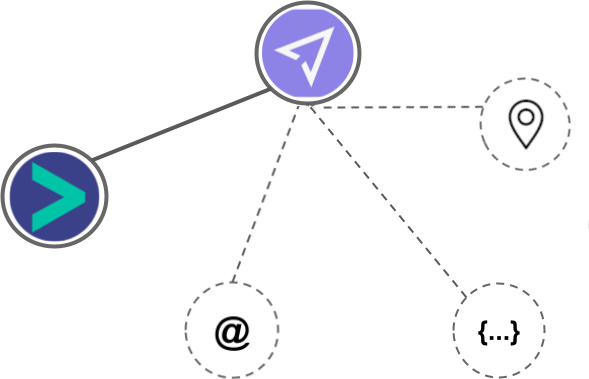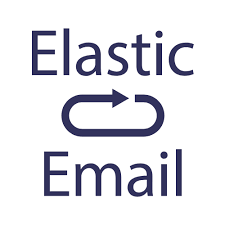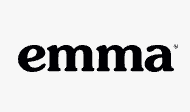Mailjet vs Campaign Monitor
Hyperise integrates with 100's of sales and marketing tools, many of which are in the Email Marketing category. With so many to choose from it's sometimes hard to know which is best, but don't worry, we've got your covered.
In this comparison guide we're going to look at the Highlights, Pros, Cons and Pricing of Mailjet and Campaign Monitor. We'll also delve into the details of which offers the best personalization options within Email Marketing, with there respective Hyperise integrations

Mailjet
Pricing: Mailjet’s pricing varies depending on the type of account and payment plan you choose. For basic plans, prices start at $9.65/month for 2,000 emails, and can go up to $449/month for 50,000 emails. Additionally, there are higher volume pricing options available for those with larger email needs.
Vs

Campaign Monitor
Pricing: Campaign Monitor pricing is based on the number of subscribers you have. Pricing begins at $9 per month for up to 500 subscribers and goes up from there. Additional fees may apply for additional features and services.
Mailjet vs Campaign Monitor Highlights
Mailjet is a powerful email marketing platform that offers a range of features to help businesses manage and optimize their campaigns, while Campaign Monitor is a more tailored solution with robust features ideal for larger organizations. Mailjet offers features such as autoresponders, real-time analytics and automated email deliverability tests. On the other hand, Campaign Monitor offers features like powerful segmentation, detailed campaign performance reports and personalized newsletter templates. Mailjet is more suitable for small businesses with limited resources, while larger businesses can benefit from the advanced features offered by Campaign Monitor.
Mailjet vs Campaign Monitor Pros
Mailjet Pros
- Pros of Mailjet Compared to Campaign Monitor:
- Mailjet offers more powerful automations and integrations than Campaign Monitor
- Mailjet offers a more comprehensive analytics and tracking suite
- Mailjet offers a more comprehensive list of responsive design templates
- Mailjet has a more user-friendly drag and drop editor for creating campaigns
- Mailjet offers a broader range of support options such as live chat and phone support
- Mailjet offers a more cost effective plan for users with larger lists
- Mailjet allows for more flexibility in terms of customizing delivery schedules
- Mailjet allows for additional customization with A/B Testing and advanced segmentation
Campaign Monitor Pros
- Campaign Monitor allows users to create highly personalized automated campaigns on a large scale
- Very intuitive user interface
- Powerful segmentation tools
- Ability to A/B test subjects and content
- Comprehensive data and metrics reports
- Ability to integrate with a range of external services
- Very good customer service and technical support
- Great deliverability rates
- Intuitive template editor
- Excellent digital asset management options
- Simple automation tools
Mailjet vs Campaign Monitor Cons
Mailjet Cons
- Mailjet has fewer features and customization options than Campaign Monitor
- Pricing for Mailjet is less flexible than Campaign Monitors.
- Mailjet lacks the ability to send personalized campaigns while Campaign Monitor offers that.
- Mailjet has fewer email analytics and reporting capabilities than Campaign Monitor
- Campaign Monitor users have more support options with their higher level of service.
Campaign Monitor Cons
- Campaign Monitor doesn't offer transactional email services, which means they can't track customer engagement.
- Campaign Monitor is more expensive than other comparable Email Service Providers (ESPs).
- Campaign Monitor doesn't allow for custom HTML coding, and the templates are limited.
- Campaign Monitor analytics are limited and not easy to understand.
- Campaign Monitor has limited automation capabilities.
- Campaign Monitor does not offer A/B testing of emails.
- There are many features that are presented on the pricing page but are not available in the basic package.
Mailjet & Campaign Monitor Hyperise Integrations
Mailjet uses the Image embed method to integrate with Hyperise, giving a simple way to add personalized images to your messages.
Mailjet makes the following data points available to Hyperise, to enable personalization in images used in outreach and linked out to your personalized website landing pages.

- Using business Email passed from Mailjet, Hyperise is able to enrich business logo and website screenshots. In some cases, with a business Email we're also able to enrich profile images, subject to the business email having a publicly available profile.
- Country
Mailjet Integration Guide
Campaign Monitor uses the HTML code embed method to integrate with Hyperise, giving a simple way to add personalized images to your messages.
Campaign Monitor makes the following data points available to Hyperise, to enable personalization in images used in outreach and linked out to your personalized website landing pages.

- Using business Email passed from Campaign Monitor, Hyperise is able to enrich business logo and website screenshots. In some cases, with a business Email we're also able to enrich profile images, subject to the business email having a publicly available profile.
Campaign Monitor Integration Guide
 vs
vs 




 vs
vs  vs
vs 
 vs
vs 
 vs
vs  vs
vs 

 vs
vs  vs
vs  vs
vs  vs
vs  vs
vs  vs
vs  vs
vs  vs
vs 


















